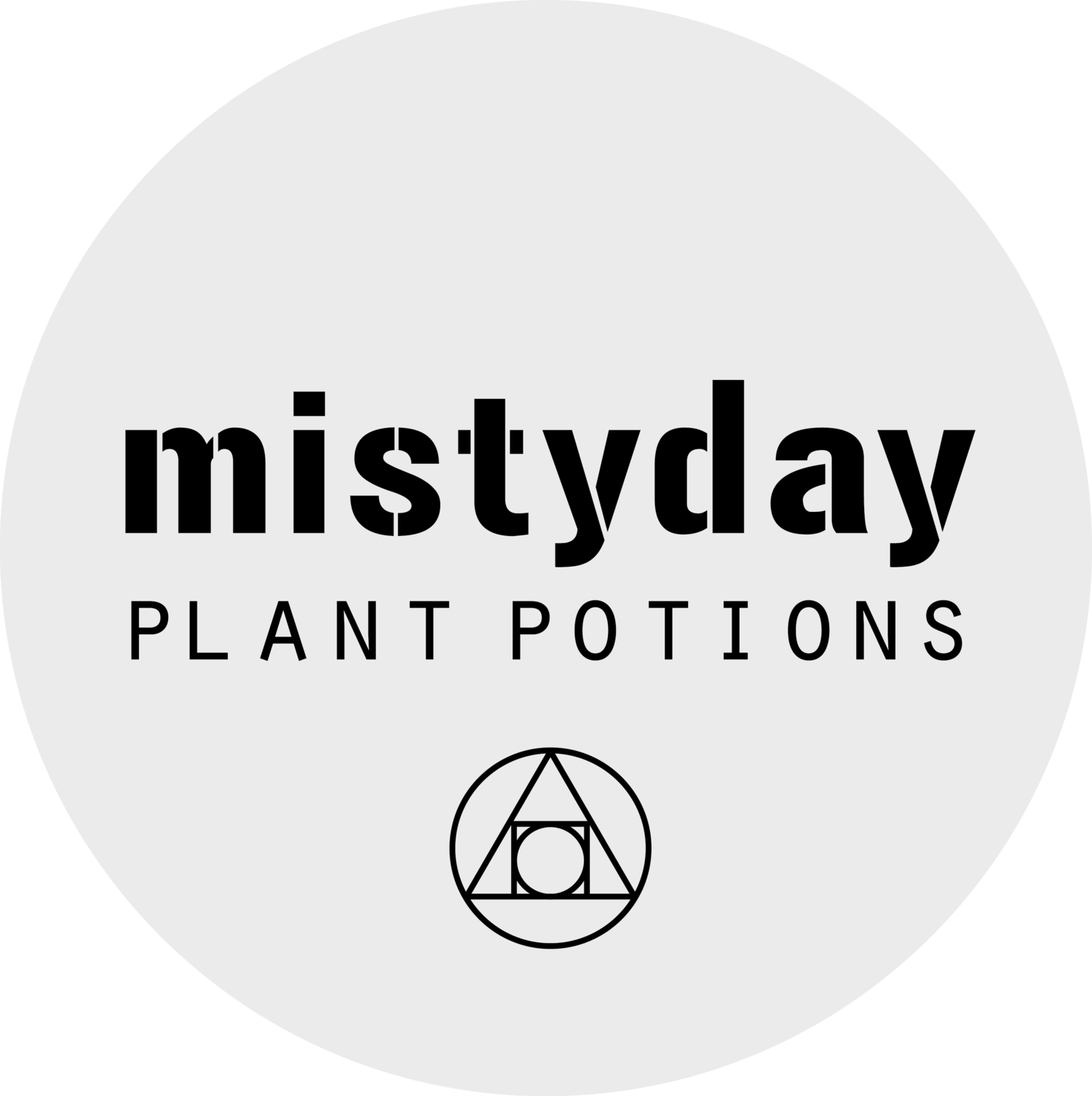HistORY & BENEFITS OF ASHWAGANDHA
Ashwagandha is from the Solanaceae or nightshade family which includes tomatoes, potatoes and tobacco. From a gardening perspective - if you can grow tomatoes, you can grow ashwagandha! I tend to grow it as an annual in my garden as the excessive rain we get over winter can turn those lovely roots into rot! But folks with a dryer climate or maybe better draining soil might have better luck with it as a perennial.
Ashwagandha in my Auckland Garden
As far as its history goes, it has a very long and extensive one. Its use is thought to date back as far as the modality from whence it came , Ayurveda, which is thought to have begun around 6000BCE. This is around the time that horses were first domesticated which is interesting as its Bengali name is ashwa gandha which loosely translates to “smells like a horse”. Now, it does have quite a distinctive smell and taste maybe like a wet horse, but it could also be the idea that it gives you “horse essence”, the stamina and endurance of our equine friends.
In Ayurveda ashwagandha is classified as a rasayana, a herb considered like a tonic which purportedly promotes youth and longevity and alleviates suffering. Powdered ashwagandha root is traditionally mixed with ghee, honey, or water and either ingested or applied topically to inflamed joints or as part of an Ayurvedic skincare routine. As with many of the traditional tonics, they were thought to be of the most benefit for those with low vitality, such as in illness, failure to thrive in children and in the elderly.
Ashwagandha has modern day popularity for a reason – it is a total heavy hitter. It pretty much treats what is ailing you, it is said. I heard someone say that the ashwagandha prayer is “May the traumas of life turn to a fine dust and blow away in a warm breeze.” I like that.
So - what does it do?
It’s a true and potent adaptogen is so it’s great for helping the body to be resilient in the face of stress. I like to say that adaptogens “immunise” the body against stress. They help your stress response to be more flexible and to come back down to baseline more readily. This means that your whole biochemistry isn’t all up the wahoo which probably is the mechanics behind much of the below
Support healthy immune system function and may have antimicrobial attributes
It has a slight sedative effect so great for sleep and for those who experience anxiety.
It is thought to support libido and potentially fertility, especially in men.
It has anti-inflammatory benefits so if you get aches and pains its it as well
It is thought to support endurance, stamina and is thought to have an anabolic action.
Support mental energy and reduce brain fog
Healthy thyroid tonic - use caution in hyperthyroid conditions.
Aids iron absorption and retention. This makes it a perfect adjunct alongside dietary considerations and supplementation in iron deficiency.
WHO IS IT FOR? This is the herb for the tired but wired. The person that has too many balls in the air and suffers from the mental effects of it. The anxiety and depression, the overwhelm. Getting home from work, too tired to cook dinner but then having a second wind at 9pm and be unable to sleep. These people might also suffer from funny aches and pains and their fatigue may be exacerbated by iron deficiency and symptoms of low thyroid even though their thyroid results look fine.
So, ashwagandha is a great wee herb and it is a big part of the Misty Day family. It is a key ingredient in Moon Potion for its sleep attributes, in Bliss, Magick Cocoa and Magick Matcha as an all round adaptogen and on its own as well. If you are making potions with it, make sure you add in something strong flavoured - remember that wet horse story!

